Visit Thrace Region – The Hidden Gem of Turkey @gototurkeyUK
Visitors to Turkey are usually drawn to the mysterious East meets West allure of Istanbul, the magical landscapes of Cappadocia with its balloon spotted blue skies and the clear, luxuriously warm waters of the Mediterranean and Aegean Seas, but these beautiful distractions of the East draw them away from what is to be found in the West. Thrace is a relatively undiscovered side of Turkey, with so much to offer in terms of rich culture, colorful history and a developing future.
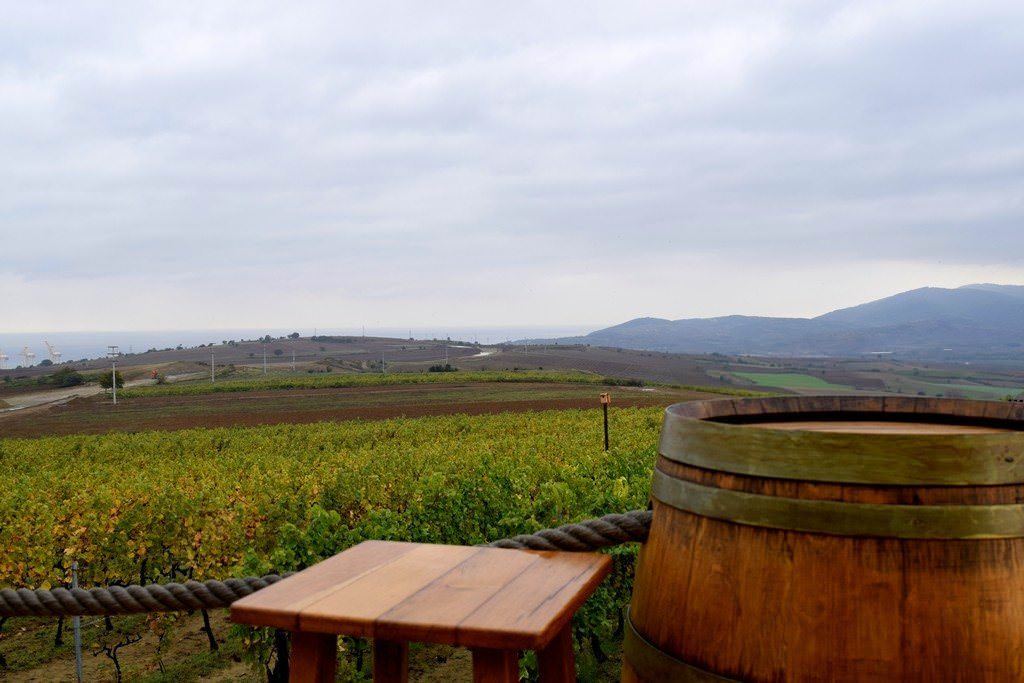
We were invited to the Thrace region of Turkey by the Trakya Development Agency and Go Visit Turkey to explore the area, find out what makes it so special and experience what it has to offer.
If Istanbul is the bridge between Europe and Asia, literally a few steps from one continental plate to another, then Thrace, (Trakya in Turkish) is the final part of the journey. Spreading West from a long, narrow piece of lush green land, then expanding outwards, connecting Turkey to Greece, Bulgaria and onwards to the rest of Europe.
Separating the Black and Aegean Seas, this mystical region has been home to great Greek gods and goddesses and been witness to the rise and fall of powerful civilizations, including tribal Thracians, Romans, Germanic tribes and Ottoman Turks, creating a marble of culture and history spanning more than two thousand years. Unlike the drier regions of Turkey to the East, Thrace is a green land, with gently undulating hills, fertile agricultural land, thick forests and boutique vineyards. In a week here you can feel like you’ve travelled through France, Italy, England and Canada! Next time you leave Istanbul, consider heading West, instead of East.
Ancient mythology tells of a goddess, called Semele, who became pregnant by the god Zeus, angering his jealous wife, who took her baby and burned it. From the ashes grew the very first vines and of course, wine! Boutique, family vineyards produce beautiful wines, almost all of which never leave Turkey.
Table of Contents
Our journey through Thrace
Day 1 in Thrace – Tea houses and vineyards
Waking early, we left the hotel and travelled to the nearby Barbare Vineyards for a deluxe Turkish breakfast. The terrace restaurant of this local vineyard and winery sits amongst the gently undulating hills, carpeted with grape-laden vines and overlooked by the great sacred mountains of Ganos, where the great God Zeus is said to have taken a giant, single stride from one peak to the next.
Fresh, crusty white bread, pure natural honey, home-made jams, olives and local cheeses were a perfect and fresh accompaniment to the surroundings.
Visit Thrace – Traditional Turkish Breakfast
While it was a bit early for full wine tasting, we did try a small glass, which was soft, fruity and very easy to drink at nine o’clock in the morning! In the stone cellar underground, the wine was stored in traditional oak casks along with rows of dusty bottles, waiting for their time.
Visit Thrace – Barbare for breakfast!
Visit Thrace – Barbare Vineyards
From the vineyard, we drove further into the countryside, up into the mountains to a small local village called Yenikoy, Ucmakdere, which had previously been part of a whole network of thriving wine-producing villages in the area, but over the years had succumbed to modernity, losing its young population to the alluring pull of the cities. We entered the local tea house, or kıraathane, to meet some of the local men still here. Soft-faced older men sat in groups, drinking tea and playing dominoes and backgammon, barely speaking to each other, just quietly passing the time. They told us that the village had changed for the worst, losing more its life and vitality every day.
Visit Thrace – Turkish Teahouse
One said that the few remaining residents under the age of sixty planned to leave the following year. The number of empty, decaying homes scattered around, with sagging roofs and broken windows only further reinforced the uncomfortable feeling that this village may become a ghost town in little more than a year. However, if tourism can increase in the region, it may just be enough to breathe life back into small communities like this one.
Visit Thrace – Turkish Teahouse
Lunch was in a small town next to the Marmara Sea – a very wholesome, simple, Turkish meal of fresh salads, olives, various mezes and a whole grilled sea bass. The small harbor with its own small lighthouse and collection of fishing boats and slightly eerie abandoned theme park, seemed like they could make a nice local holiday destination in the summer months. For now though, most of the activity seemed to happen in the tea room a couple of doors down from the restaurant. I later discovered that the overflowing tea rooms on a weekday are not necessarily a sign of unemployment, like pubs full of men in the UK, but are actually a result of Turkey’s national pension scheme, which allows working people to retire, or semi retire, in their mid-forties, which by the looks of the tea houses, many men decided to take advantage of. And why not?!
Visit Thrace – The Marmara Sea
After lunch we ventured back into the hills to visit another winery on the Thrace wine route, Chateau Kalpak, in the cool hills of Sarkoy. Created in 1993, this modern vineyard and winery has been designed to cater to visitors, with a large tasting café commanding panoramic views over the valleys, where rows of grape vines cling the hill sides against the strong wind and rain which hits the land from the Marmara and Aegean Seas just several miles away. The international award-winning wines we tasted were very smooth, with distinct fruity flavors and the strong but patient character of the land they came from.
Visit Thrace – Chateau Kalpak
Visit Thrace – Chateau Kalpak
Visit Thrace – Chateau Kalpak
Downstairs, in the winery itself, stood rows of 3 meter high oak fermenters, staying true to time-tested tradition and natural materials over the more convenient, modern alternatives.
As well as the vineyard, there are also provides fantastic opportunities for hiking, SCUBA diving and windsurfing.
Leaving the vineyard, we made our way to our final destination and resting place for the night, the Bakucha Spa Hotel, located deep in the remote countryside between the Luleburgaz and Strandja mountains. Arriving in the dark, the hotel stood out in the pitch blackness as a guiding cluster of sparkling lights in the distance, giving no hint of the level of style and luxury we were about to step into. The family-owned and run, five-star boutique vineyard hotel is styled as an homage to the ancient castle of Edirne, which no longer stands. The stone tower at the entrance belies a sleek, modern sanctuary with walls of glazing framing views out over the rolling hills, with only tiny villages spotting the horizon.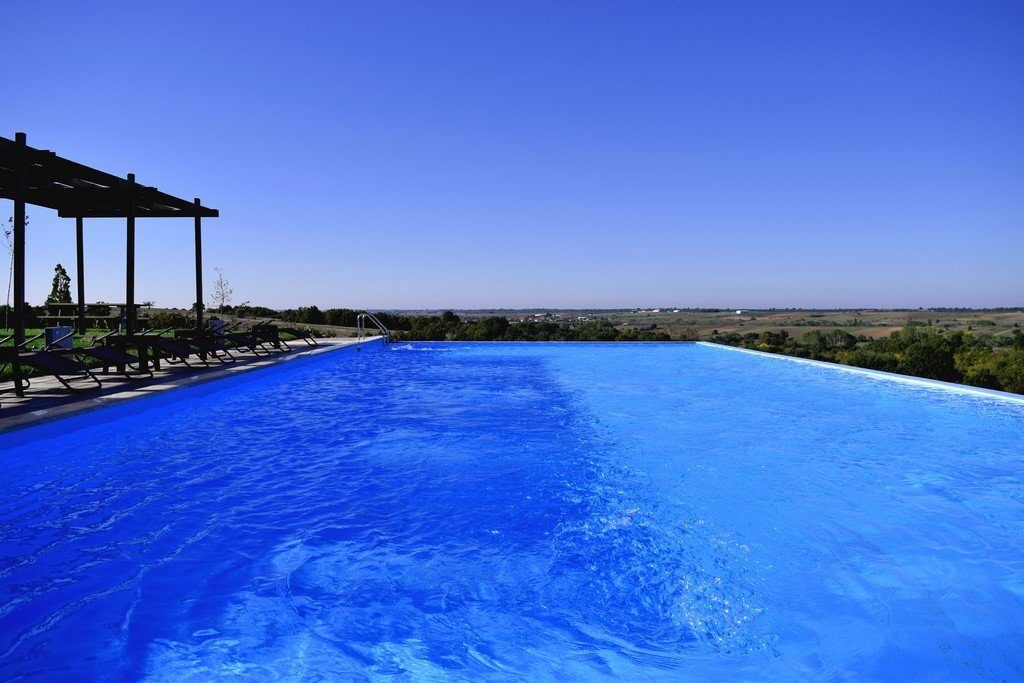
Visit Thrace – Bakucha Spa Hotel
The rooms are large, modern and stylishly minimalist, with solid wood floors and a wall to wall view over the fields, all visible from the huge double bed.
Visit Thrace – Bakucha Spa Hotel
The hotel features its own traditional Turkish Hammam spa, complete with dry and Turkish saunas. Outside, set into the landscaped gardens, is an outdoor swimming pool and hot Jacuzzi.
Visit Thrace – Bakucha Spa Hotel
Visit Thrace – Bakucha Spa Hotel
The food that night, prepared by the in-house chefs, was incredible. Thinly slice smoked salmon and sardines served on slate, followed by a tender lamb filet with mashed potato puree and fresh steamed vegetables, each course swerved with perfectly accompanying wines.
Visit Thrace – Bakucha Spa Hotel
Using fresh ingredients from their own garden, dishes are designed according to the season. As many ingredients as possible come from the local area, including the meat, milk, cheeses, jams, fruits and vegetables, all hand-selected from the region’s best quality producers. The menu changes every day with seasonal ingredients and is paired with the best wines from their own vineyard.
Day 2 in Thrace – Edirne
Early in the morning, we visited the Arcadia Vineyard, part of the same family property as the Bakucha Spa Hotel, set within 20 acres of ancient terroir, which has been rehabilitated and replanted over a period of about 10 years to create the perfect natural wine-producing environment. The varying positioning and slopes of the vineyard, combined with gentle hills, valleys and groves of oak trees, provide a perfect opportunity to take long walks through the vines. The outdoor terrace and grill area, set above the vineyard, create a stunning setting for summer barbeques.
Visit Thrace – Arcadia Vineyards at Bakucha Spa Hotel
From the vineyard, we headed for the ancient city of Edirne, the former capital of the Turkish Ottoman Empire. The earliest known history of the Edirne region stretches back as far as the 6000 years BC and has been settled and rules by Thracians, Odryssians, Persians, Romans, Byzantines, Bulgarians and Venetians, finally falling to the Ottoman Empire until becoming part of the Republic of Turkey in 1923. Edirne is one of the most important historic cities in Turkey, with 1021 ancient historic monuments within the city itself!
Visit Thrace – Grand Synagogue of Edirne
After lunch we visited major historic and cultural sites, including the Grand Synagogue of Edirne, which had fallen to ruin during a particularly tumultuous period in the city, but was fully restored and reopened to the public in March 2015. From there we saw the old Edirne Train Station, where Agatha Christie allegedly drank a cup of coffee a very long time ago…
Check out some of the cool and cheap tours you could do in Edirne.
Visit Thrace – Grand Synagogue of Edirne
Visit Thrace – Meriç Bridge
On the way to our final destination for the day, we passed the Meriç Bridge, an Ottoman bridge built in the 1800’s, then the Healthcare Museum, where Ottoman doctors treated mental health patients with soothing music and the sounds of running water, then finally to admire some monuments to the city’s great heroes of oil wrestling.
Visit Thrace – Edirne Helath Museum
The day ended at the Selimiye Mosque, built over 500 years ago, which was considered by the architect, Mimar Sinan to be his masterpiece and is recognized as one of the highest achievements of Islamic architecture.
Visit Thrace – Selimiye Mosque
Our hotel for the night was the Taşodalar Hotel, a part of the former Ottoman Palace of Edirne where the Sultan Fatih the Conquerer was born and raised in the 15th century.
Visit Thrace – Taşodalar Hotel
Day 3 in Thrace – Caves of Kirklarelli
Our first stop of the morning was the Asagipinar archaeological site in Kirklarelli, where evidence of ancient settlements have been found from 6500 BC. It’s an interesting little site for a quick stop on your way somewhere – some reconstructed houses and model exhibits of Neolithic (New Stone Age) life.
Visit Thrace – Asagipinar archaeological site
We headed up to the town of Kirklareli itself for a quick walk around and some lunch in a local restaurant in the Old Yayla Quarter. Known in the past as the City of Wine, Kirklareli was the first urban settlement in Thrace and the whole area is currently undergoing a huge amount of restoration and rejuvenation as part of an overall plan to increase tourism and breathe fresh life back into the local streets.
Visit Thrace – Kirklarelli Market Street
After a traditional Thracian Turkish lunch we headed up into the forests of the Stranja Mountains to explore the Dupnisa Caves. The drive took us high up into the mountains, where the hills appear carpeted by a thick blanket of leaves, the trees in the middle of their autumnal metamorphosis from soft, peaceful pillows of green, into vibrant explosions of reds, yellows, oranges and purples.
Visit Thrace – Forests of Stranja Mountains
The cave itself is three kilometers deep and three stories high, a winding maze of pathways, low ceilings and underground streams and giant stalagmites and stalactites casting ghostly figures up and down into the eerily lit cavern. Local rumors’ suggest that if you could find your way through, then you would find yourself in Bulgaria!
Visit Thrace – Dupnisa Caves
Visit Thrace – Dupnisa Caves
The caves have been brilliantly and sympathetically adapted for tourism, with suspended walkways, staircases and soft lighting to highlight the natural geographical features and maintain a strong sense of ‘underworld.’ The caves were the final stop and marked the end of our journey in Thrace.
Visit Thrace – Dupnisa Caves
We made the short drive to our final hotel for the night, before heading back to Istanbul the following day. Our final hotel was the Igneada Resort Hotel, a modern hotel on the shores of the Black Sea. A simply comfortable and functional hotel with everything you need, including a hamman-styled spa, with an indoor pool, massaging Jacuzzi and a dry sauna big enough for 20 people. A great way to relax after a long journey!


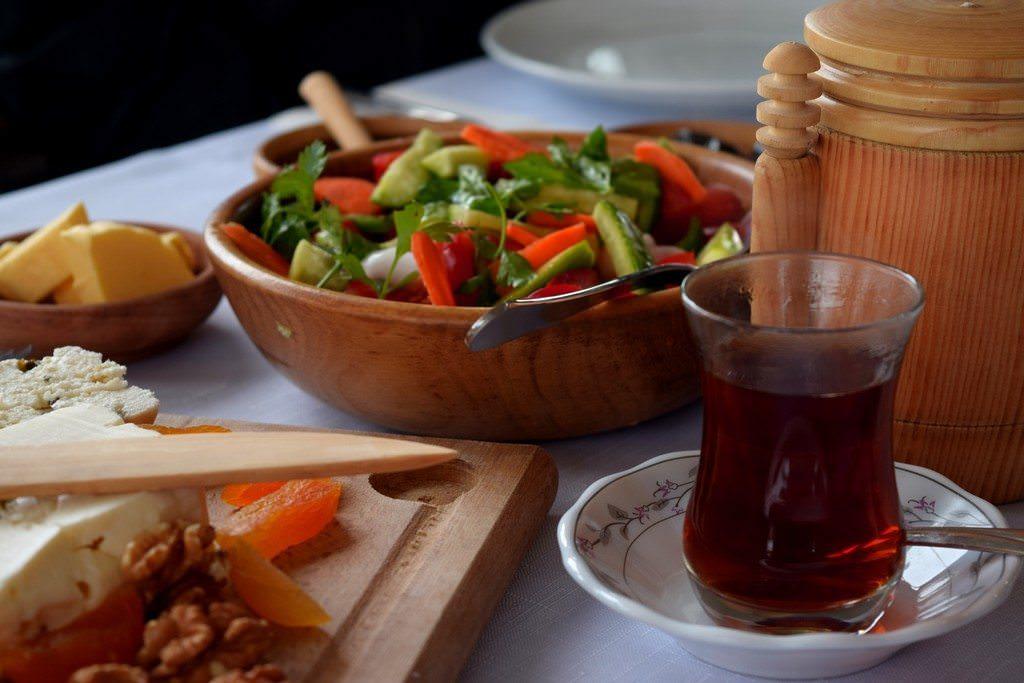
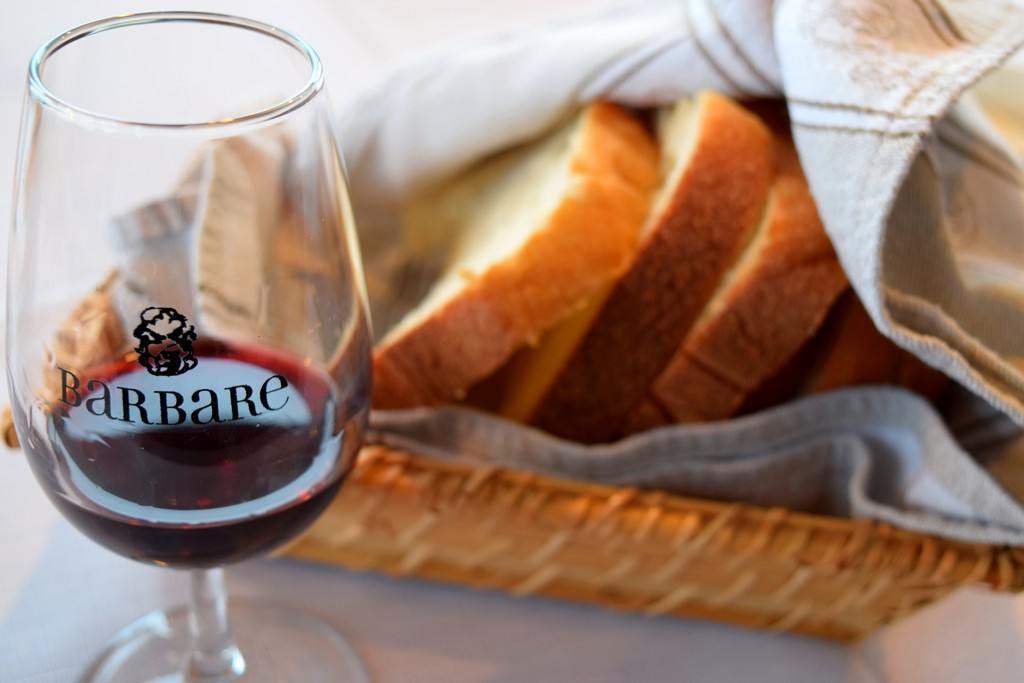
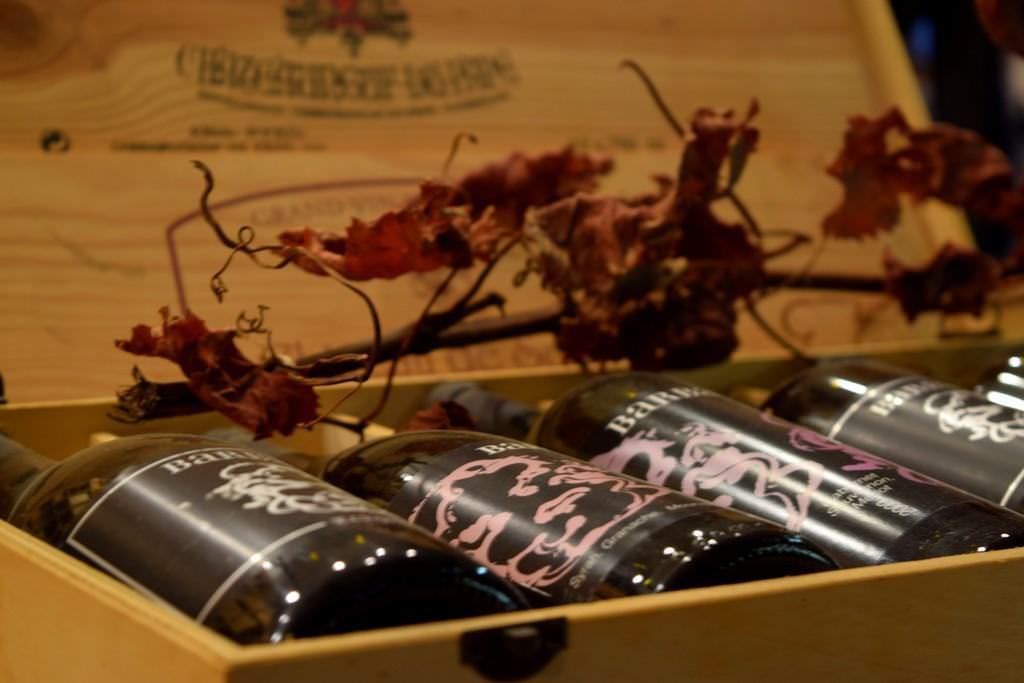
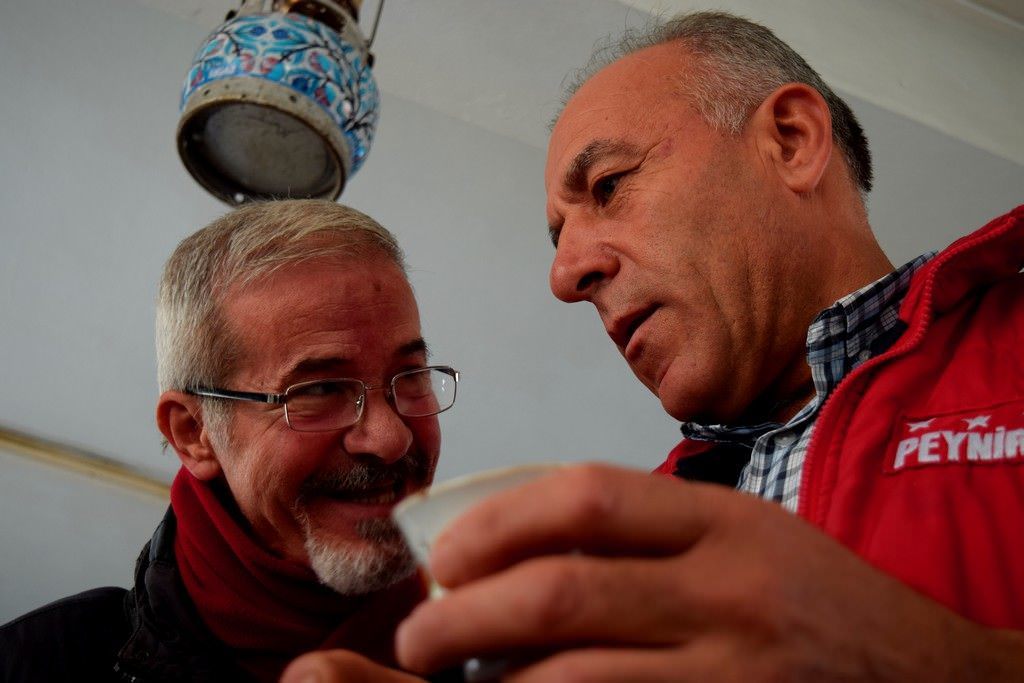
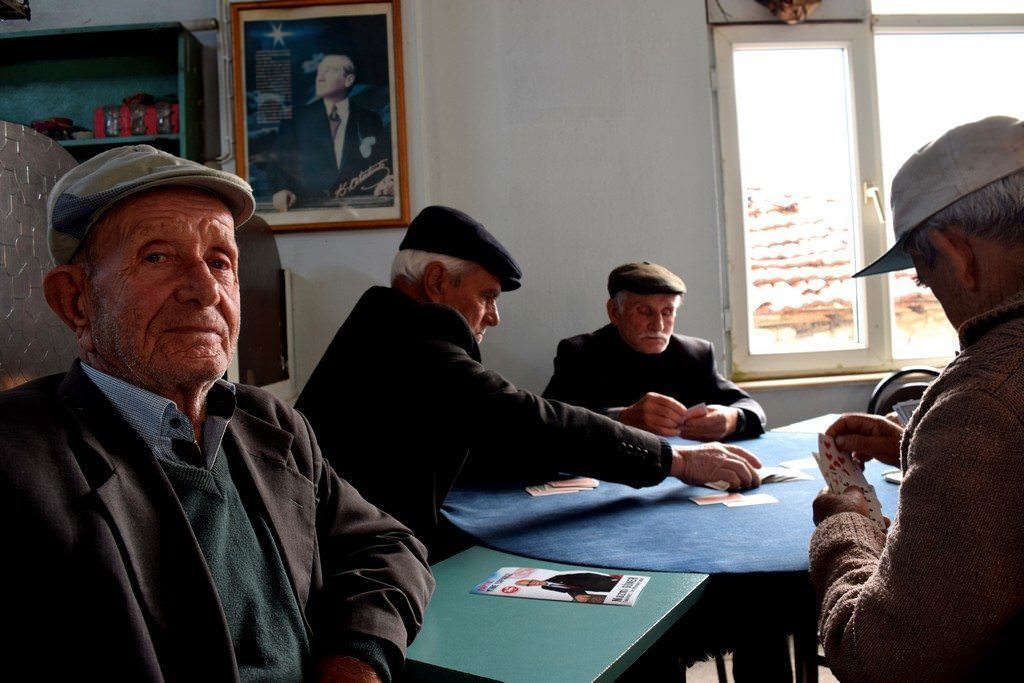
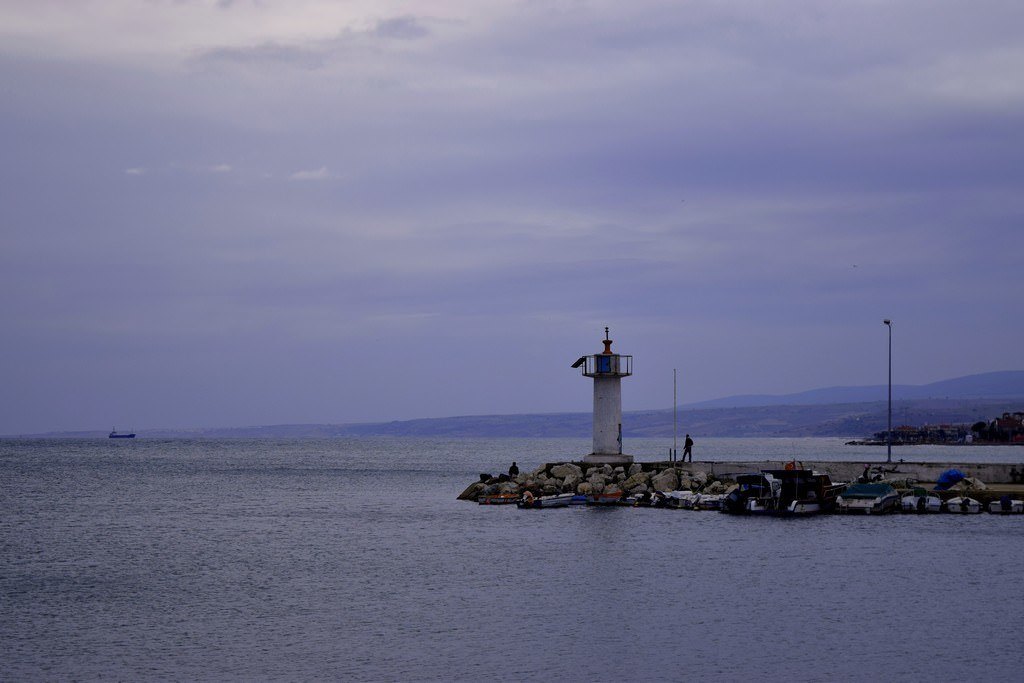

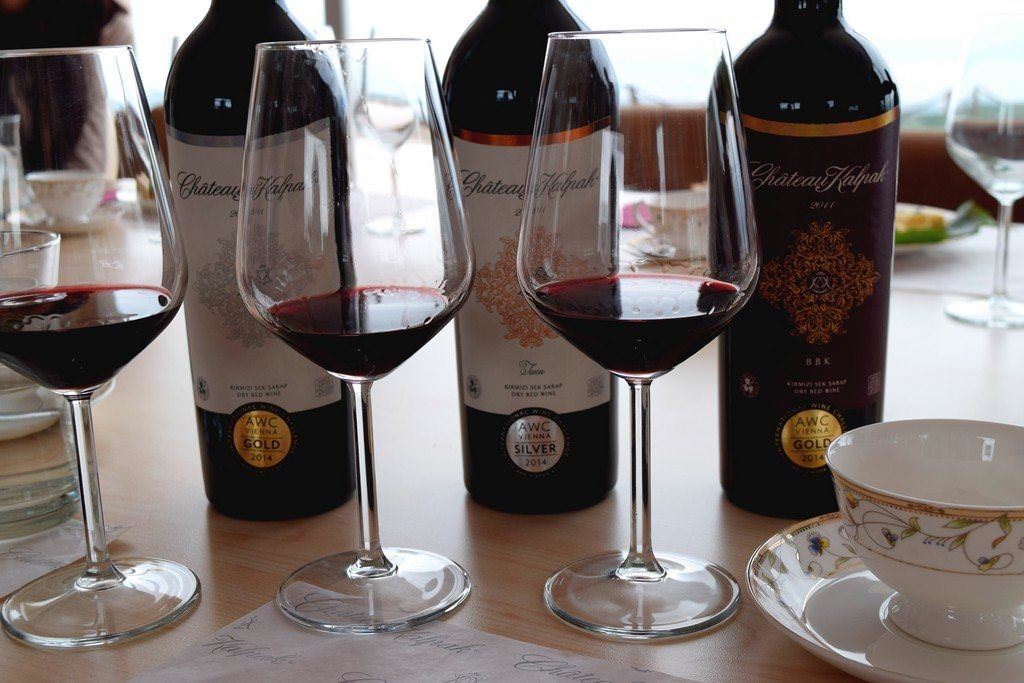

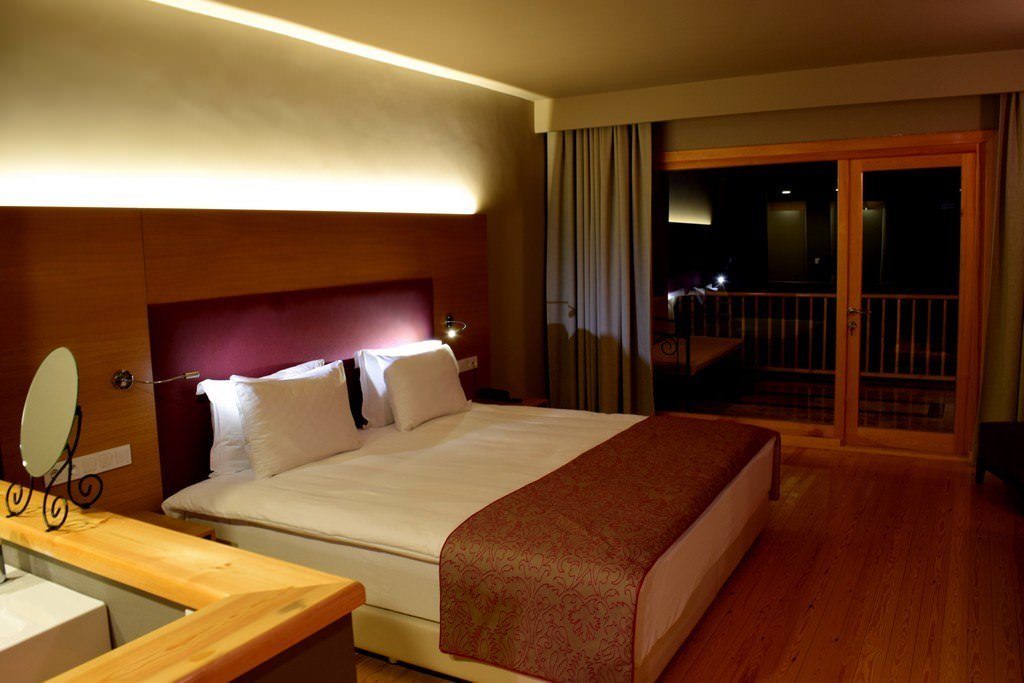
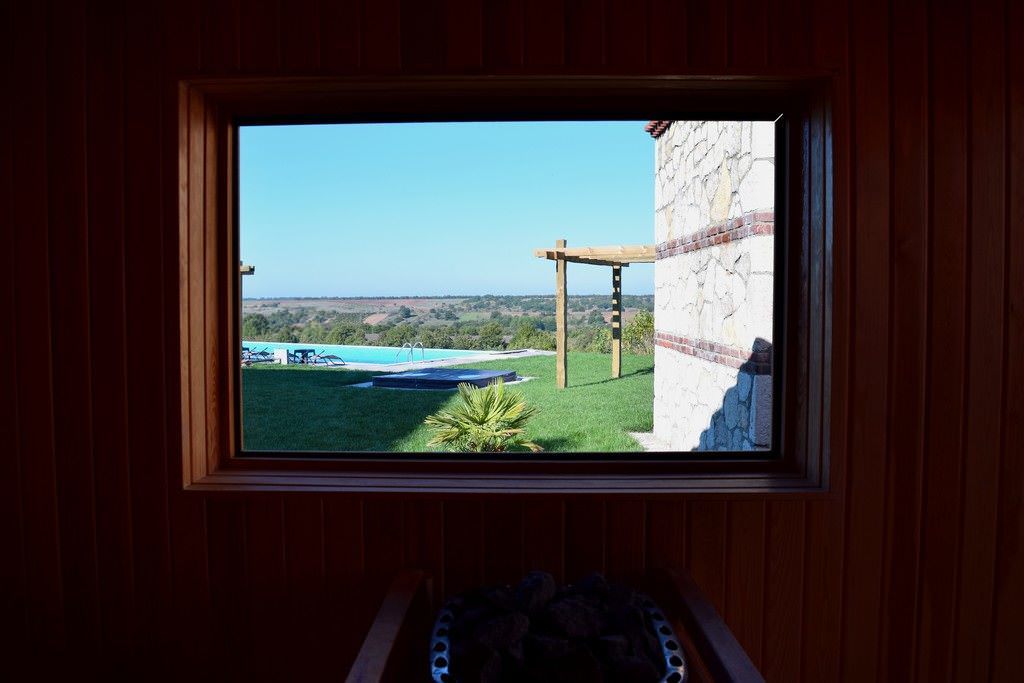
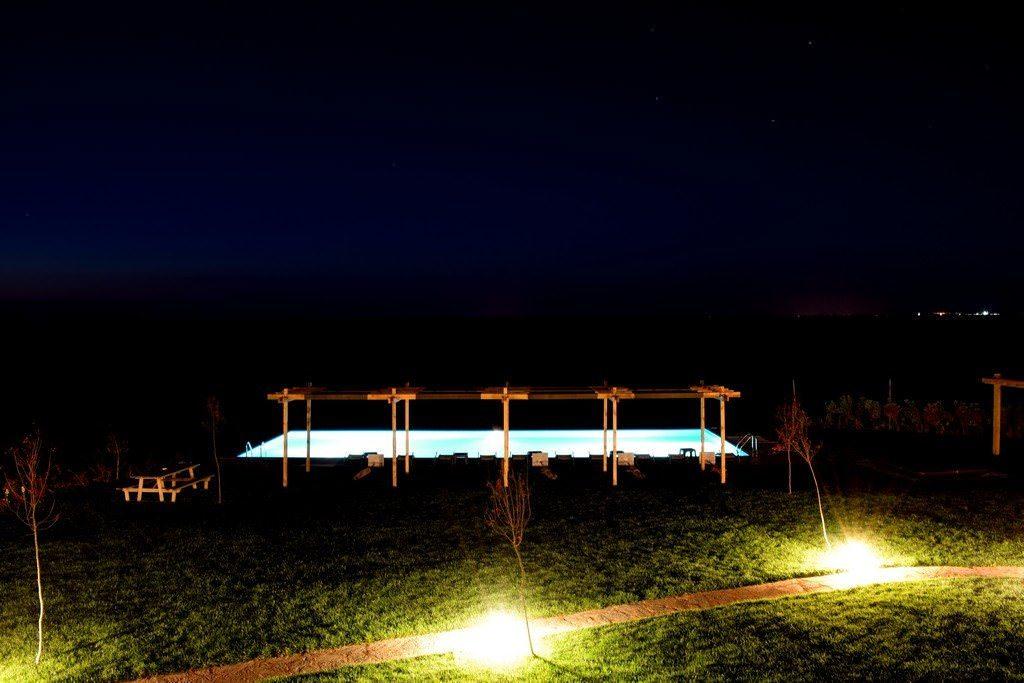
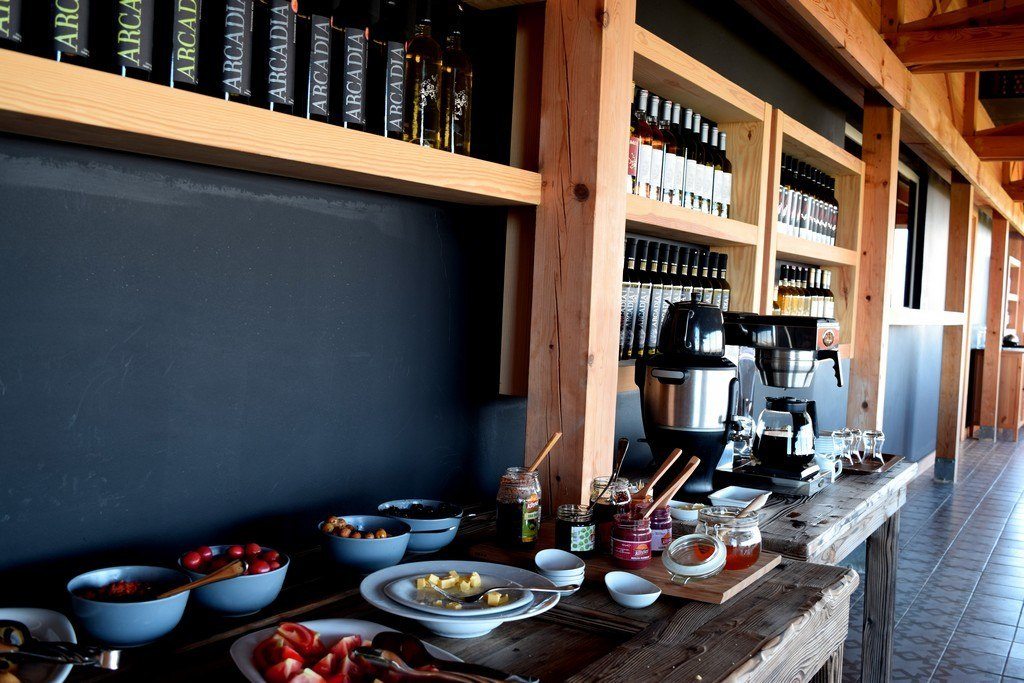
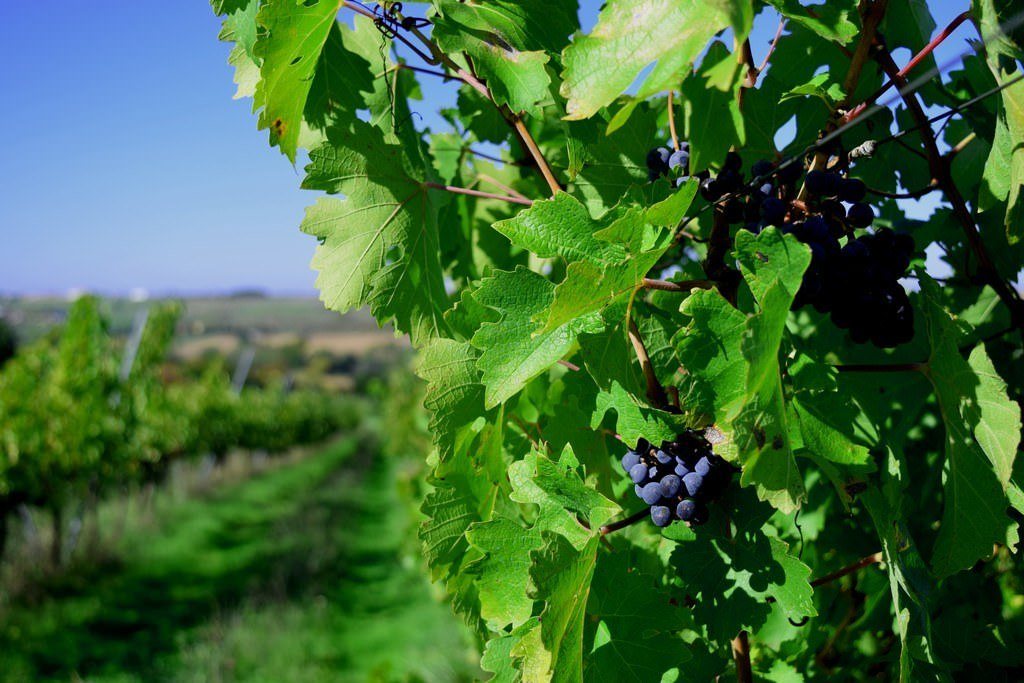
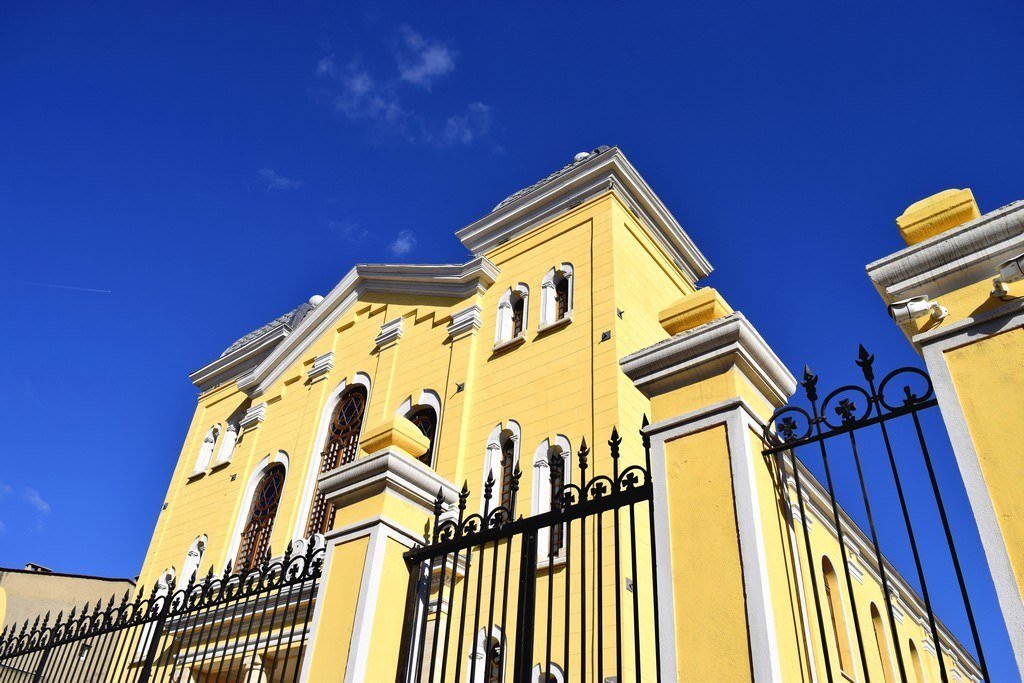
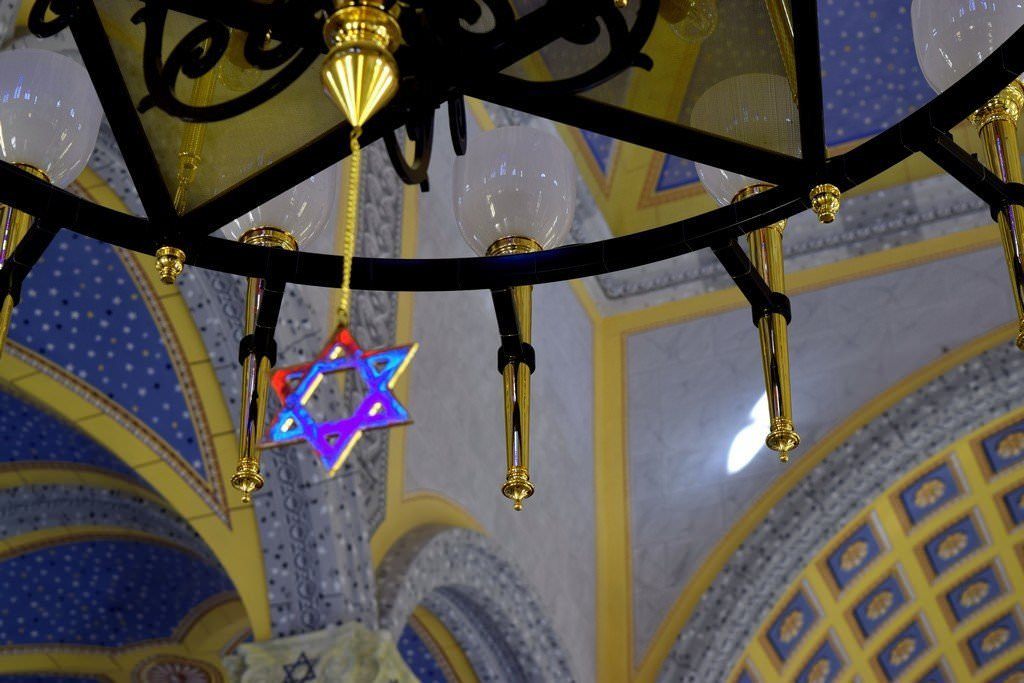
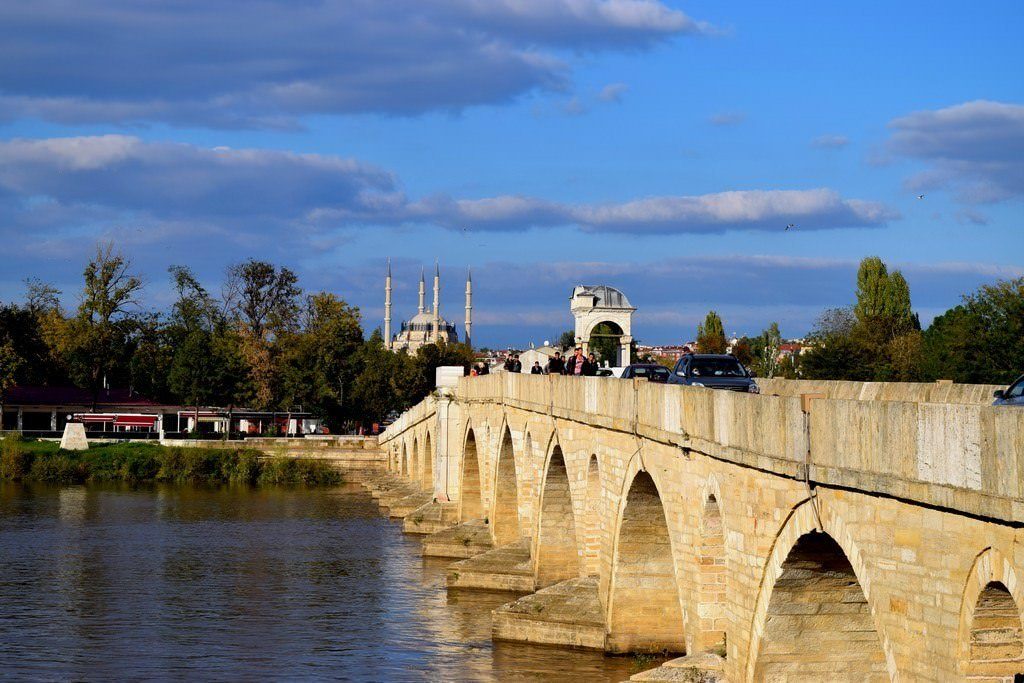
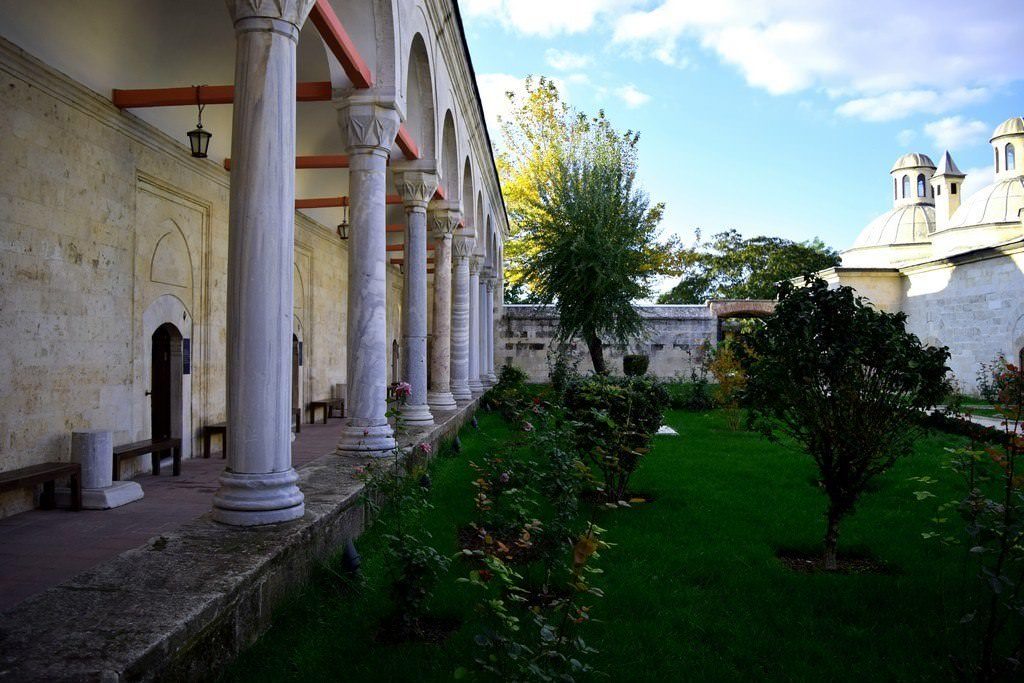
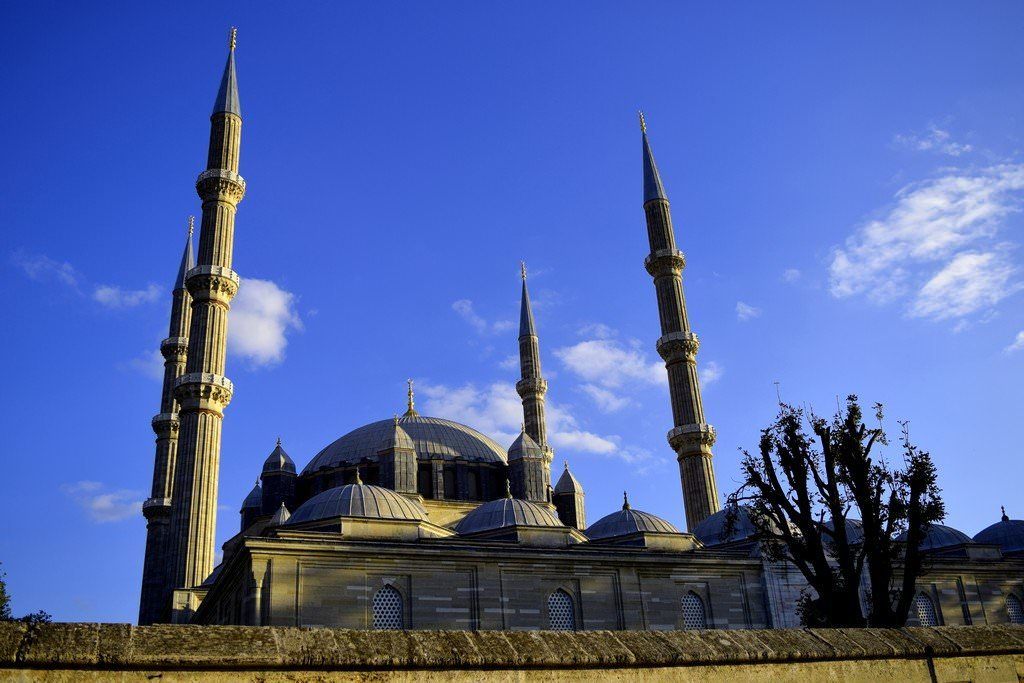

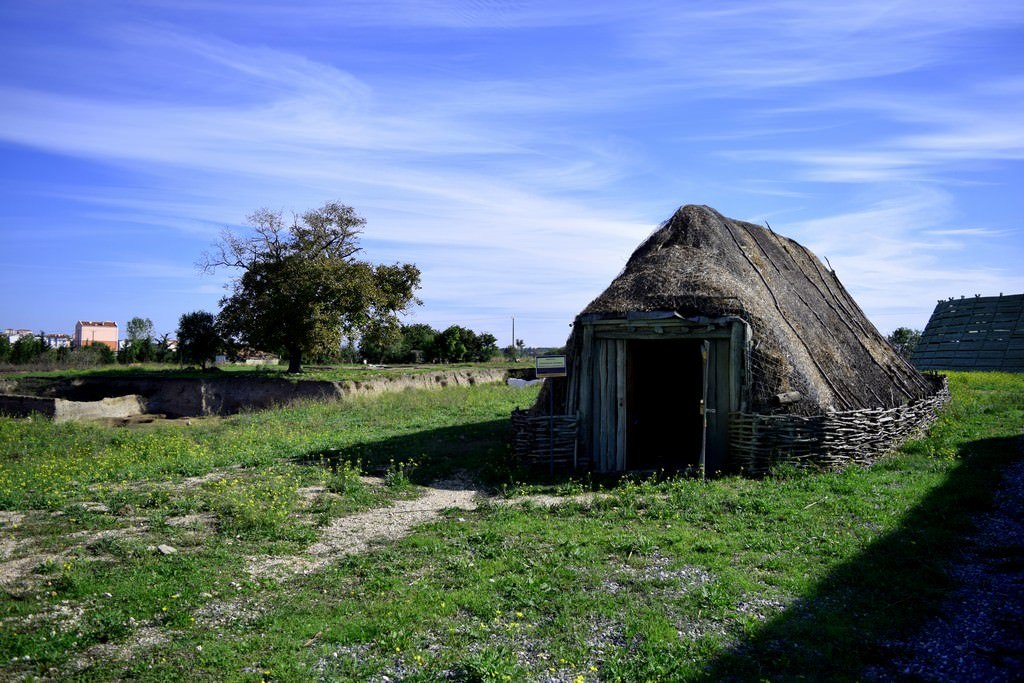

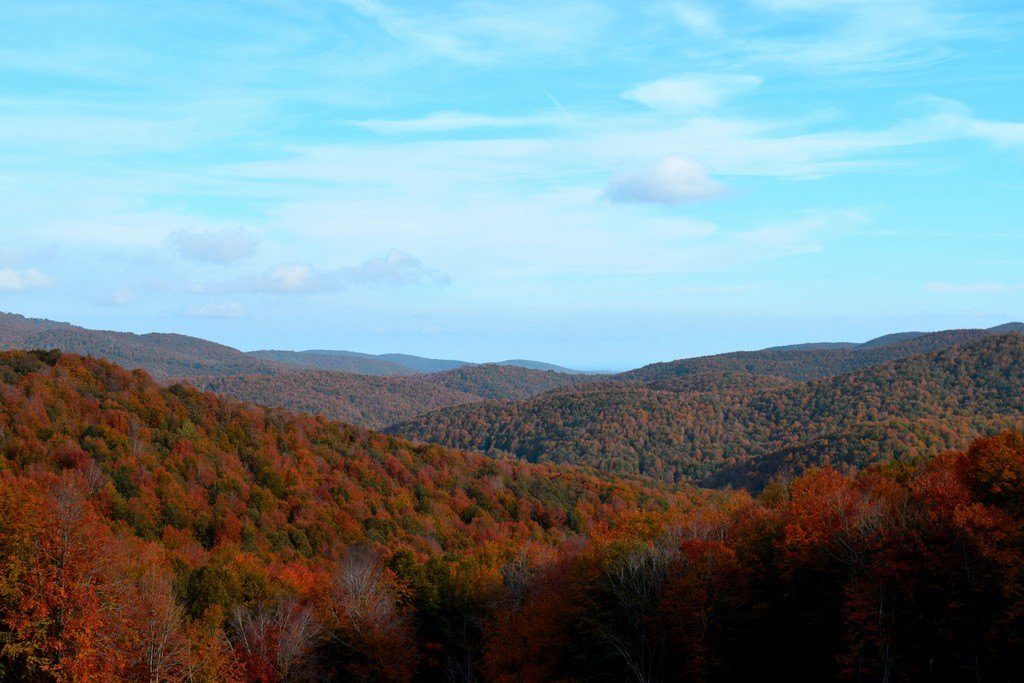
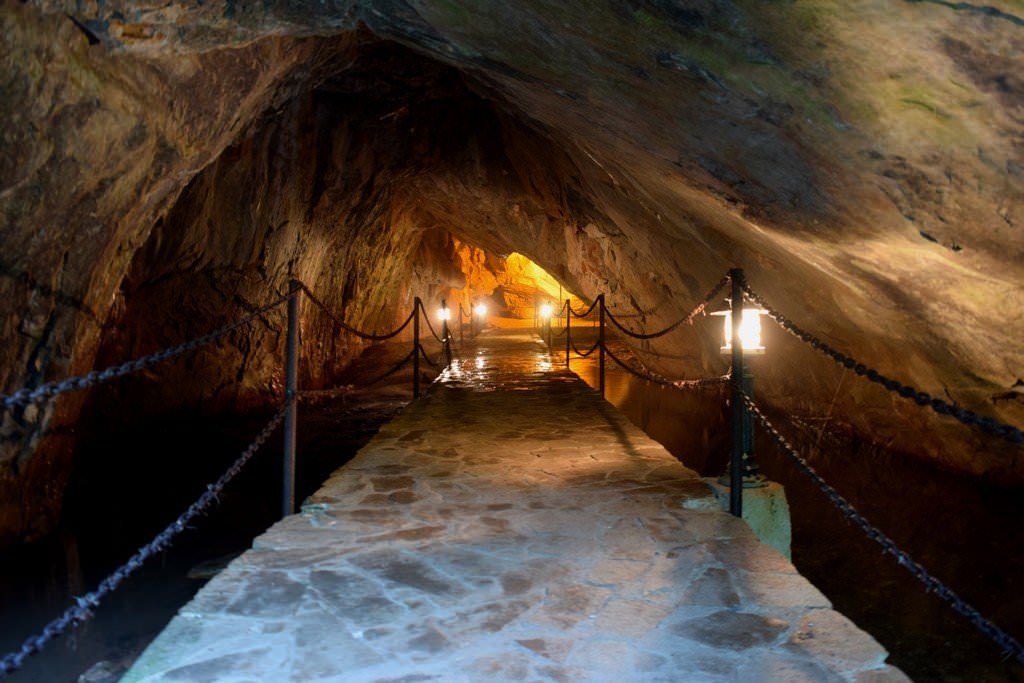

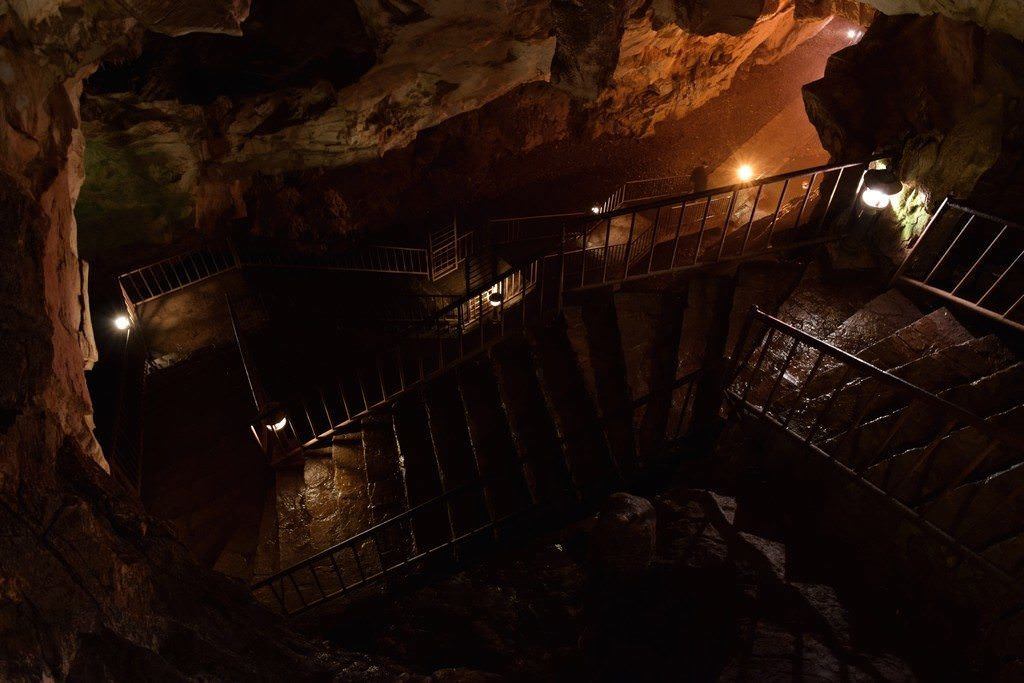
i’ve read “Border” from Kapka Kassabova. This summer i am planning to visit Thrace region. Amazing.
Amazing! I followed all updates from Kach while they were then and this place looks beautiful indeed. Beautiful photos, Jon!
I am a person who travels all around Turkey. Turkey is a country in the middle of Europe, Asia and Africa. There are lots of cultures and wonderful monuments in Turkey. Turkey is the most beautiful country with its sun, sea and winter
No doubt that Turkey is so beautful and honestly one of my dream destinations here in the world. Its so sad that while im reading this article there was a bombing in Turkey today killing a lot of people 🙁 Hope Turkey could recover soon!
A challenge for Turkey, Cai. So Thrace, the Hidden Gem of Turkey, can make a step to promote the tourism.
Amazing! I followed all updates from Kach while they were then and this place looks beautiful indeed. Beautiful photos, Jon!
Thank you, Evan! Hope you can visit Thrace, the Hidden Gem of Turkey too. 🙂
You have presented a relatively unseen face of turkey, goes to prove that there is much more to turkey beyond its normally hyped famous sights. I am fascinated by the caves.
Yes, Voyager! Any plan to visit Thrace, the Hidden Gem of Turkey soon?
I have never been to Turkey, not have I ever heard of Thrace. But your post certainly makes me want to visit! What a wonderful collection of points that truly gives us a sense of what we would experience there. Anywhere with good wine, warm people, a great spa hotel, and beautiful scenery is one that I would like to visit. Thx for sharing!
Perfect points, Doreen! Thrace is definitely a Hidden Gem of Turkey which travelers should not missed.
What a shame to hear of villages losing their vitality 🙁 Hope that improves! I wouldn’t say no to lounging in that pool 🙂
That’s why it’s time to see Thrace, the Hidden Gem of Turkey now, Mar.
Sadly I’ve had to stop the page loading fully, or else it would freeze my firefox (thankyou scripting!), so I’ve been able to have a read, but not see any of the images you’ve captured.
I’d have to agree, Thrace is an under-visited region, but if you really want to get off the tourist trail, try a bit of eastern Turkey 😉
I’m glad your descriptions of the meals were quite deep, as despite not seeing them, they still had me salivating!
Sorry for the inconvenience, Chris. When did you visit Thrace, the Hidden Gem of Turkey=
Your photos are lovely, it looks great there and the food looks yummy x
Thank you. Melanie. Time to see yourself Thrace, the Hidden Gem of Turkey.
I’ve always wanted to visit Turkey! The images you have captured too are amazing!
Go and visit Thrace, the Hidden Gem of Turkey, Sabina!
What an interesting article and shows a very different side to Turkey … not that I know that much about the country if I’m honest. I certainly don’t think about wine and vineyards. the photo’s are stunning and make ti look like a beautiful serene are to visit
Hello Anthea! time to explore Thrace, the Hidden Gem of Turkey.
This looks stunning! I have never been to Turkey but I’d love to go!
When do you plan to see Thrace, the Hidden Gem of Turkey, Elodie?
Your photos are absolutely stunning! I have never been to Turkey but this has sure made me want to visit x
Thank you Charli! See these photos of Thrace, the Hidden Gem of Turkey yourself.
Loving that traditional Turkish breakfast, although I might need to go back to bed after a glass of wine first thing in the morning:)
Perfect way to end the day in Thrace, the Hidden Gem of Turkey, Camilla.
I’ve never had any interest in Turkey, till I read your blog!
Yey, Tara! So much to explore and discover in Thrace, the Hidden Gem of Turkey.
Wow never thought of visiting Turkey but this post makes me want to visit.
You must! Thrace, the Hidden Gem of Turkey will give you a blast in your trip.
Never been to Turkey and if I was planning I trip I would have probably done the east meets west too but now with an introduction of Thrace region I would like to visit this place too
Would be pleased to help you, Anosa, if you are planning to go to Thrace, the Hidden Gem of Turkey.
I have been to Turkey but didn’t visit Thrace Region. It looks brilliant, and there is do much to see and do.
Go back to turkey and visit Thrace, Nayna! Hehe
I love hearing about hidden gems I often think they are the best places to try and find as you get to really see more of the country and the people who live there. x
Then Thrace, the Hidden Gem of Turkey is perfect for your next trip, Sarah! 🙂
The traditional breakfast looks lovely and wow at the spa pool! Such a lot to do there x
Yes, Rhian There are lots to explore in Thrace, the Hidden Gem of Turkey.
Looks lovely. Taken some great photos too
Wow that spa looks absolutely lovely! I love it! H x
It is, Harriet! Hope you can come and visit Thrace, the Hidden Gem of Turkey.
Superb photos again Jon and the Bakucha Spa Hotel looks incredibly special x
Thank you, Rachel! The hotel is a must in Thrace, the Hidden Gem of Turkey
Lovely, Jon! Guess you had a blast! Xx
This place wasn’t even on my radar but it certainly is now! Another place in Turkey to add to my to-visit list.
I’ve always loved exploring caves. This one looks incredible. I wouldn’t mind trying to find my way to Bulgaria haha!
Turkey…. One of my dream destinations. ?
John and Kach, you guys looked like you really spend a good time in Thrace! Can’t wait to read articles about Turkey from you guys!
Fantastic. So much to do at one place. All pics are super cool. Greece and Turkey both are high on my list.
I’ve only been to Turkey once but I was a fan. Now a wine tasting trip would be an excellent option. I seem to see old men playing dominos everywhere I travel! Maybe it’s a sign, I should start playing.
Haha, Hi Mary! Yes they’re all mine, thanks! I’ve been playing and practising ?
Woot! Amazing!! I just PM Kach about the photo’s as well 😀
Thanks for introducing me to this place! I haven’t heard about it until now. Great pictures!
Thanks Marta! Yeah it’s a really beautiful place. Not as developed for tourism as the rest of Turkey, but it’s that real feeling that gives it a lot of its charm. Thanks for reading!
culture wine and a dash of caves, well definitively not the idea one has of Turkey but an enticing one!
Hi Mar! You’re right, it’s much more European than the Eastern side of Turkey, with more influence from the it’s neighbours in Bulgaria and Greece! Thanks for reading!
Wow! We really didn’t realize how much there was to do or how incredible the region looks! We’ll definitely be thinking of this post when we make our 2016 plans!
Hi guys! We were just as surprised! Do you have a big Euro trip planned for next year?
I’ve always wanted to visit Turkey. Do you think it’s safe to travel there as a solo female traveler?
Hi Justine! Thanks for reading. Yes it’s very safe for all travelers. Just the usual sensible care that you would use anywhere and you’ll be fine. My mum’s best friend from school has lived there for over 10 years and she loves it! Let us know if you go.
•> Great adventure for awesome adventurers! More power! All the best!
Thanks Roleigh, glad you liked it! Likewise, all the best from us too.
Fantastic article Jon.really enjoyed the read. Turkey looks like a beautiful country. I am currently working in a pizza restaurant owned by turkish people and they sure do love their tea. Nice pictures as well!
Hey buddy how’s life? Missing the Costa Rica road tripping with you and Britt! You’ve gotta get to Turkey when you get the chance. Get them to cook you some real Turkish food, it’s amazing and drink the tea!
When’s your next trip with https://worldlingeringlinguines.wordpress.com/ ?
Abrazos to you both from the me and Kach!
Wow Jonathan, I can imagine me being there while reading your article ^_^
Thank you Racer! Glad you liked it!